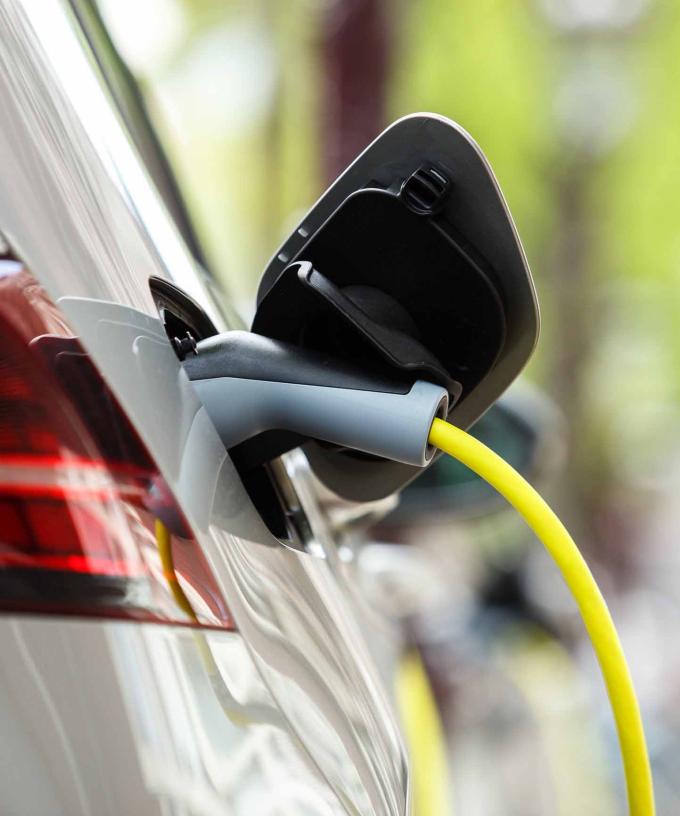The WA government will provide $3500 rebates to encourage more motorists to buy electric or hydrogen fuel-cell cars as it also moves to introduce a new tax on zero-emission vehicles.
The measures will be included in Thursday’s state budget with the government allocating $60 million to a Clean Energy Car Fund.
Up to 10,000 rebates will be offered at a cost of $36.5 million while a further $22 million will be spent on new charging infrastructure.
But a distance-based road user charge for zero and low emission vehicles will be introduced from July 2027 to help fund the maintenance and construction of WA roads.
A base rate of 2.5 cents a kilometre will be charged for electric and hydrogen cars and two cents a kilometre for plug-in hybrid vehicles, with both indexed to inflation.
Premier Mark McGowan said the $3500 rebates were among the most generous offered across Australia.
“This will assist WA with reducing greenhouse gas emissions to net zero, while also reducing the pressure of high petrol prices on WA households that utilise the rebate,” he said on Tuesday.
The rebates are available for vehicles costing up to $70,000 and are available immediately, with the replacement of up to 10,000 petrol-fuelled vehicles expected to reduce carbon emissions by at least 7000 tonnes each year.
The government said motorists who switch could save about $1400 a year in fuel costs.
Funds for charging infrastructure in the budget will include more than $2.9 million for eight stations on National Highway One between Norseman and Eucla, allowing for travel into South Australia.
The government will also provide $10 million to support not-for-profits and small and medium-sized businesses with grants of up to 50 per cent of the cost of installing charging infrastructure. Another $5 million will support similar grants to local governments.
A trial installation of electric vehicle charging bays at four train stations will cost about $4 million.
Energy Minister Bill Johnston said the government was preparing for the rapid uptake in electric vehicles at the same time as ensuring the state’s electricity system remained secure and reliable.
AAP







